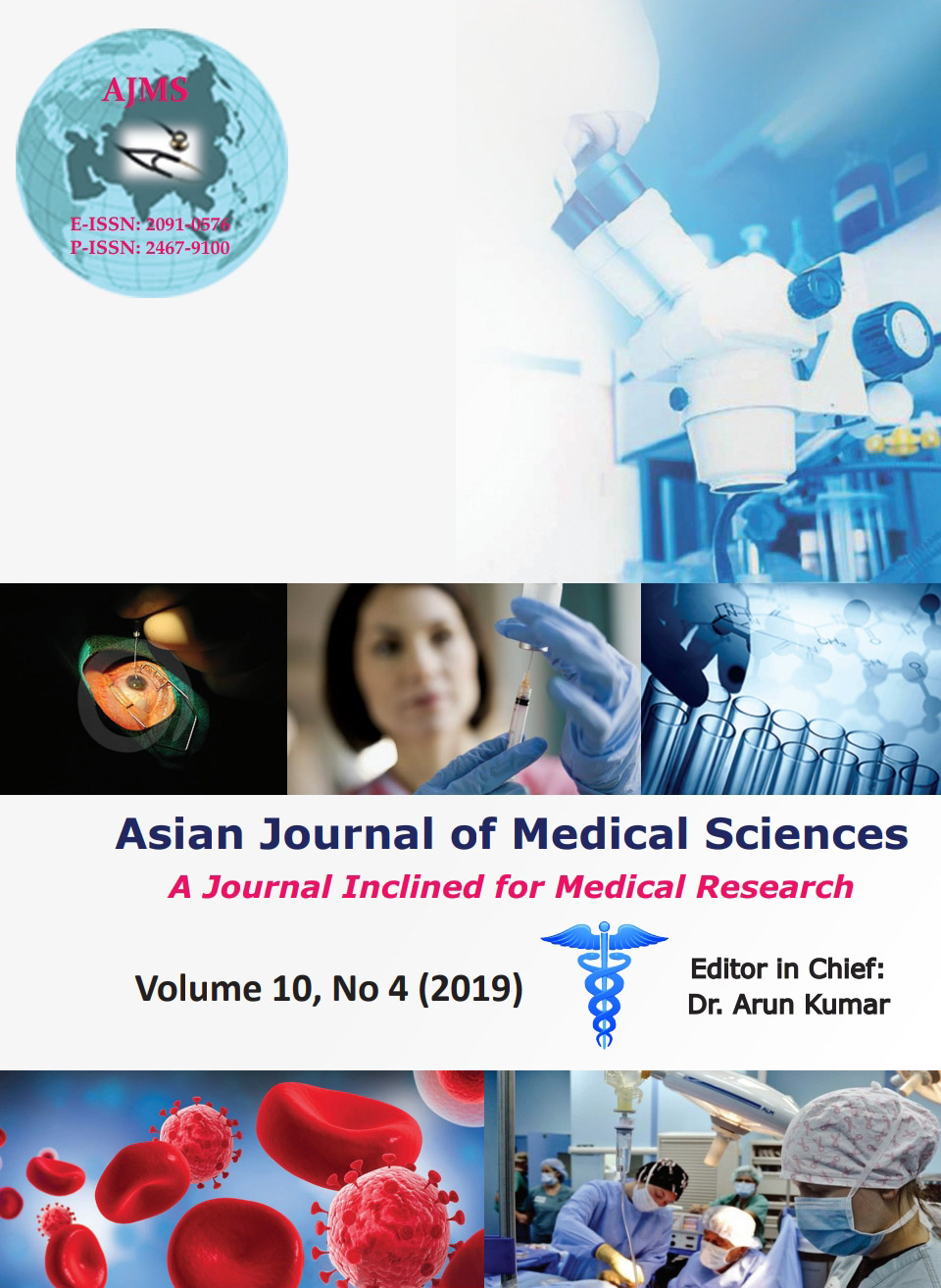Development of a simple selection protocol for optimizing the harvest of mesenchymal stem cells from explanted human umbilical cord Wharton’s jelly
Keywords:
Explant, Mesenchymal stem cells, Mesenchymal stromal cells, Neonatal, Primitive nature, Wharton's jellyAbstract
Background: Human umbilical cord Wharton's jelly (hUCWJ) derived Mesenchymal stem cells (MSCs) is a non-controversial, easily available source of human tissue which has a close association with embryonic tissue. Explant culture technique of isolating MSCs do not require any proteolytic enzymes giving an edge when compared to enzymatic methods.
Aims and Objective: This study was designed to develop a suitable protocol to optimize the number of primary cells by transferring the explants after a successful migration and before trypsinizing of MSCs from primary culture plate to new culture plates.
Materials and Methods: For defining the isolated cells as MSCs, the cells were studied by colony forming assay, semiquantitative two steps reverse transcriptase polymerase chain reaction (RT-PCR) and International Society for Cellular Therapy (ISCT) criteria to determine the purity of the lineage.
Results: The explant cultured cells fulfil the defining criteria by ISCT. Further, they form colony and RT-PCR confirmed the presence of thy-1, endoglin and β-actin. The incubated explant shows successful cells migration after transferring from one culture plate to another for five consecutive times. Further, it was seen that the migrated cells can be cultured for more than 18 passages. However, a reduction was seen in the migration of the cells after the 3rd transfer of the explants.
Conclusion: This study found that the transferred explant has the potential to yield cells for 5 consecutive explant transfers. Further, this technique optimized the yield of primary cells and thereby reducing the quantity and frequency of sample collection, processing time and cost.
Downloads
Downloads
Published
How to Cite
Issue
Section
License
Authors who publish with this journal agree to the following terms:
- The journal holds copyright and publishes the work under a Creative Commons CC-BY-NC license that permits use, distribution and reprduction in any medium, provided the original work is properly cited and is not used for commercial purposes. The journal should be recognised as the original publisher of this work.
- Authors are able to enter into separate, additional contractual arrangements for the non-exclusive distribution of the journal's published version of the work (e.g., post it to an institutional repository or publish it in a book), with an acknowledgement of its initial publication in this journal.
- Authors are permitted and encouraged to post their work online (e.g., in institutional repositories or on their website) prior to and during the submission process, as it can lead to productive exchanges, as well as earlier and greater citation of published work (See The Effect of Open Access).




